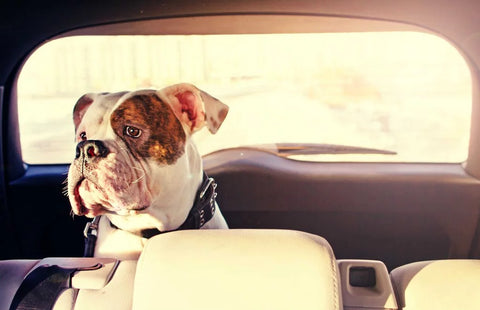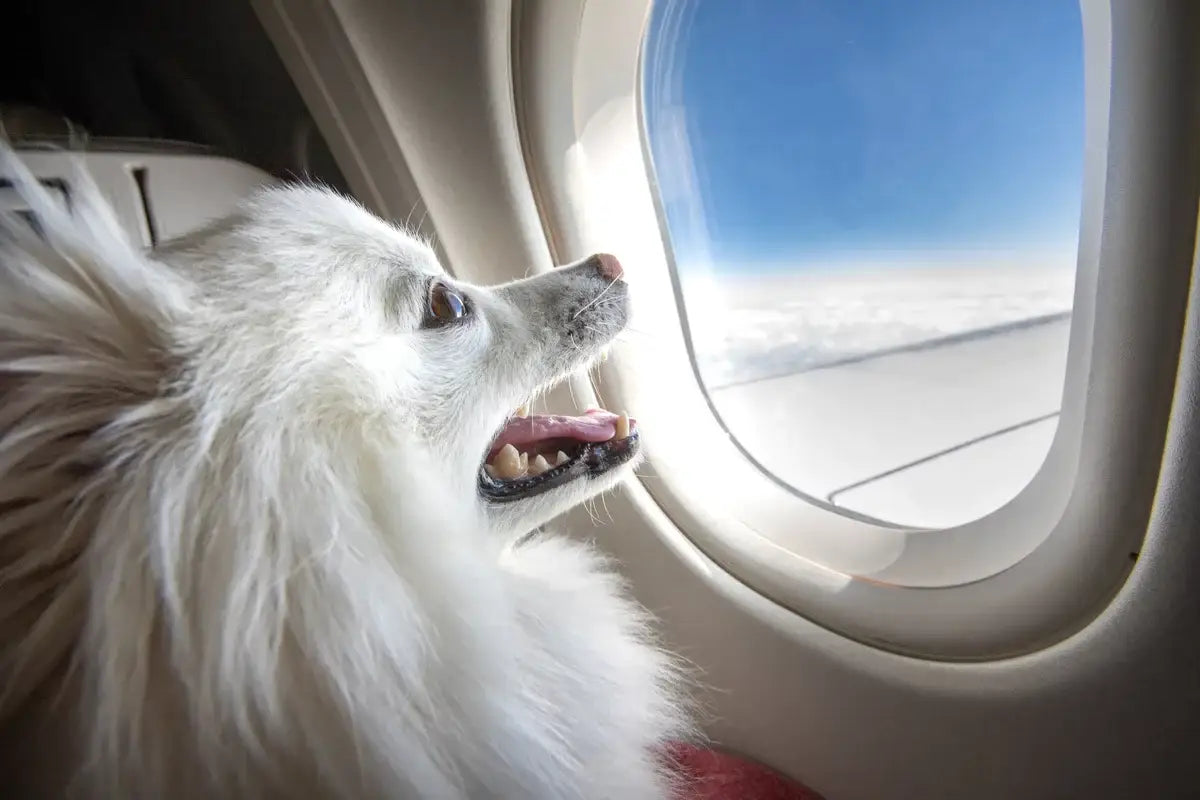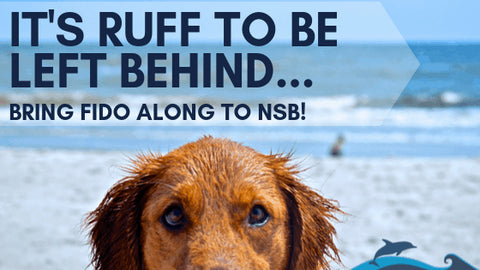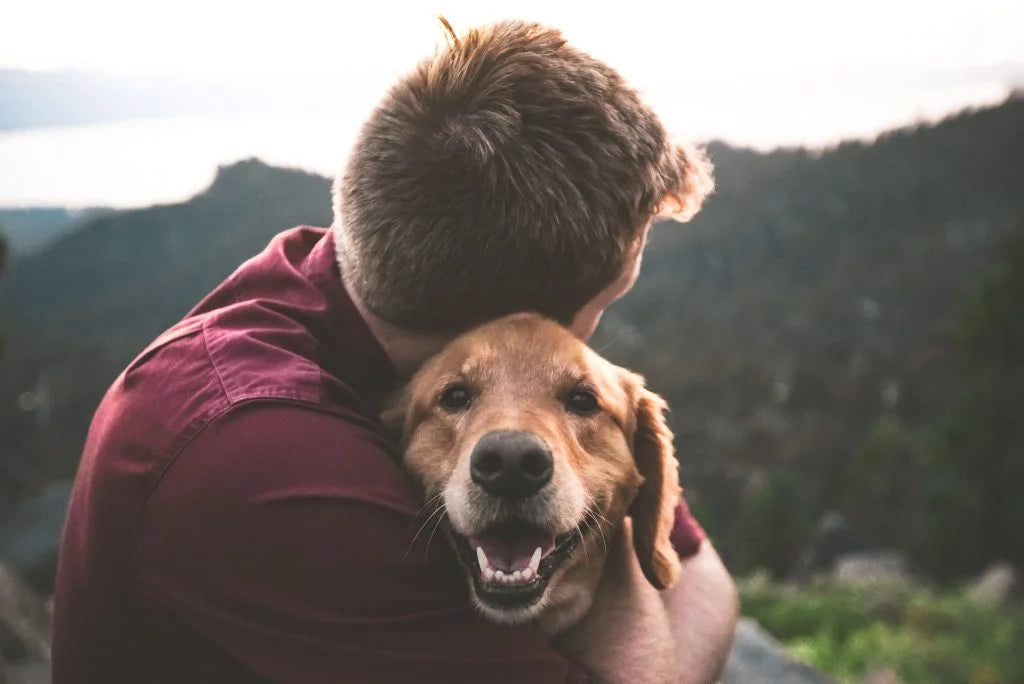
How to travel with a Dog? Top 5 Golden Tips
Share
Do dogs even like to travel? And should you take your dog on a trip? Well, the answers may vary on many factors. For example, did the dog travel from early puppyhood or became a couch potato? Also, a crucial part is played by the dog’s breed, structure, size, age, and characteristics.
According to what was stated you may ask yourself: should I travel with my dog? Yes, if everything checks out. Going on hikes or picnicking is also considered a trip for dogs. So if you and your dog are novice travelers consider starting from short hikes and increase your journeys gradually.
2020 turned out to be one of the hardest years for travelers. Nevertheless, the restrictions can not last forever, and eventually, everything will be back to its normal pace.
However, to some extent traveling is still possible with minor adjustments. So we arranged Top 5 Tips for Traveling with Your Dog.
1. BE AWARE OF CORONAVIRUS TRAVEL RESTRICTIONS

Covid-19 – the curse word that everyone is tired of hearing about.
Whether you live in North America, Australia, or Continental Europe it is necessary to abide by your government rules. At this moment of time, most countries allow traveling within the state. However, we advise you to frequently check travel restrictions with your government.
Nevertheless, if you are still planning to travel abroad we recommend being up to date with the latest guidance and developments of the state or city that you will be visiting with your pet.
Also, be aware of entry restrictions, screening, or quarantine requirements. In addition to that, it is a good idea to check with your accommodation provider for more detailed information.
2. CHOOSE THE RIGHT TRANSPORTATION METHOD

Before you go out…
It is advisable to schedule an appointment with your local veterinarian for a fundamental checkup and to make sure your dog’s vaccinations are up-to-date prior to your trip.
In addition to that, we suggest asking the veterinarian for ways to relax your dog if you suspect he or she may become afraid, anxious, or uncomfortable during the trip. Please note that it is not recommended to use tranquilizing medications on your pet. The medication can hamper his or her breathing.
After the vet checkup or even prior to the checkup it is mandatory to adjust safety questions with the transportation method. We will review a few classical types of transportation.
Hiking

Going on trails can be very pleasurable and healthy for your dog. To be completely stress-free we have a couple of safety tips to look into while going on hikes.
1. Area restrictions. Make sure that the land or trail where you will be traveling allows you to bring your dog or is accessible for dogs.
2. Keep your dog on a leash. It might seem like a no big deal to let your dog run freely. However, it is crucial to prevent your dog from chasing wildlife and going into “hunt mode”. In addition, having full control of your dog makes other hikers feel less stressed and irritated.
3. Pack only the essential needs. Traveling ergonomically, i.e. lightly is mandatory for feeling comfortable on longer trails. Be sure to pack food, water, and accessories that will keep your dog energized, hydrated, and comfortable. Read below to know more about the right accessories.

If you admire hiking with your dog without a leash it is advisable to get a GPS tracking device. These location trackers work very accurately. It would momentarily help in finding your dog if it should get lost.
Just as humans have footwear for hiking so do dogs. If you are planning to go on a long-distance hike, you should keep in mind that dog paws are also very sensitive to the rough and uneven surfaces. The best solution would be to get protective dog shoes. In addition to that, traveling ergonomically is the key to complete those long distances. Our recommendation would be to get a special harness with expandable pockets to fill it with snacks or water.
Road tripping

Road trips with your dog can be adventurous and exciting, but there are a few key safety elements to review before the journey. Also, if you decided to go on a road trip with your canine friend for the very first time it is advisable to go on shorter trips and increase them gradually.
Safety in a moving car should be a priority for you and your passengers, including your dog. The Highway Code states that “pets should be suitably restrained, so they cannot distract you while you are driving, or injure you, or themselves if you stop too quickly. A seat belt, harness, pet carrier, dog cage, or dog guard are ways of restraining animals in cars”
So what should you do?
- Suitably restrain your dog so that he or she would be comfortable and would not distract the driver.
- Schedule plenty of stops when on a long journey. Let your dog stretch its legs, go to the toilet, and burn off some energy.
- Always have the air conditioner on. Cars can get very hot for dogs fairly quickly, so keep the car well ventilated and do not leave your dog in the car without proper ventilation.
What should you not do?
- Don’t feed whilst driving. Feed your dog at least two to three hours before your trip. Or face the consequences of an upset stomach and unpleasant car cleaning.
- Don’t let them hang out of the window. Also, it’s not good for dogs’ eyes as it can dry them out fairly quickly.
- Don’t give them treats on the journey. The chances of your dog chocking while the car is moving are extremely high.
Most dog owners travel by car. If you also choose to travel this way, it is mandatory to take care of your dog’s safety. Depending on the available space that you have in your car you can choose from a single seat belt to a car seat basket or to a back seat hammock.
Railway traveling

Can you even bring your dog on a train? The short answer is yes. Most of the train operating companies in the world allow dog owners to bring their canine friends. However, some of them require a fee and some are free.
To make your dog feel safe on a train here is something to be aware of:
- Avoid rush hour. Traveling in busy time periods will only result in your dog becoming more anxious and stressed.
- Go for a walk and burn some energy, a tired dog is a calm dog.
- Find a quiet seat with a minimal amount of people around. Also, try to avoid other canines if you can.
Sea traveling

Cruise trips are usually less common with dogs. However, if you would plan such a trip we advise you to choose the Queen Mary 2 cruise. Your dog will be treated like royalty as he or she should be.
If you are a modest traveler and your journey has a ferry crossing we advise you to act similarly as if you would travel by train. However, it is still necessary to check your ferry’s rules and regulations. Usually, longer ferry trips will require your dog to have a pet passport, microchip and necessary vaccinations.
Also, as it is mandatory for humans to wear life vests on a boat trip the same rule should apply to dogs as well. In case of an emergency, a life jacket for your dog can truly be a life-safer.
Air traveling

Boarding a plane with your dog is still considered one of the most difficult travel methods. We suggest booking a flight when all other transportation methods are not an option or for other serious reasons.
If you choose to travel by plane, here is something you should find helpful:
- Check your dog’s health. Visiting your vet for a checkup before the flight should be mandatory. Please note, that brachycephalic dogs like Pekingese, Bulldogs, German boxers, Bullmastiffs, Dogue de Bordeaux, and others that have breathing problems should not travel by air.
- Check your airline’s rules and regulations. Airlines usually have different rules when it comes to breeds that they allow on the flight. Because larger dog breeds usually travel in the cargo area, which according to PETA is dangerous and even fatal.
- Reduce food in advance. Before the flight (12 – 24 hours) try to give your dog less or none food, however do not exclude water. In addition, take your canine friend for a long walk before the flight so they have plenty of time to relieve themselves.
- Get the right travel crate. Usually these crates have a“airline approved” mark, but to be sure check with your airline. Note that crates and carriers should be in good condition upon arrival at the airport.
To conclude the travel methods
On the one hand, traveling with your dog is fun and exciting, but on the other hand, be aware of your dog’s safety issues and be prepared to resolve them. However, getting ahead of these issues will make your travels a lot easier.
3. LOCATION, LOCATION, LOCATION

Traveling should not be a commodity only for the wealthy. Everyone should be able to pack their tents, backpacks, some food, and go on a hike with their beloved dog.
However, wherever you may travel it is always crucial to know beforehand where are you going, what would you like to see, and if that destination is dog friendly.
We recommend browsing Pinterest and Google for inspiration. Also, a great source for ideas is Instagram, and especially the Instagram account @voyaged. There you will find beautiful and amazing places on Earth.
4. APPS FOR DOGS

Is it possible to make your travels easier when you have a dog? Absolutely. One of the greatest 21st-century creations is smartphones and applications that come with them. Here are the three most useful apps for traveling dog owners:
Pet First Aid App

The American Red Cross Pet First Aid app puts veterinary advice for any emergency that may occur while traveling in the palm of your hand. With videos, interactive quizzes, and simple step-by-step advice it’s never been easier to know Pet First Aid.
Download it on App Store or Google Play
Bring Fido

Looking for a dog-friendly hotel? Or for an awesome dog park, trail or beach? BringFido is one of the best resources for dog owners. You can find the lowdown on the best hotels, attractions, and restaurants that welcome dogs.
Download it on App Store or Google Play
All Trails

Explore the most popular Dog Friendly trails with hand-curated trail maps and driving directions as well as detailed reviews and photos from hikers, campers and nature lovers like you.
Download it on App Store or Google Play
5. KNOW YOUR DOG

Journeys with your canine friend can be fun, exciting, and adventurous. However, you must understand that not every dog is built for one or the other types of travels.
You have to take into consideration your dog’s breed characteristics, structure, size, and age.
For instance, a Siberian Husky, Border Collie, or a Labrador Retriever would be a far better hiking companion rather than an English Bulldog, Pug, or a French Bulldog. We are not stating that an English Bulldog would not finish the trail, it would just take a couple of naps longer than usual.
With all joking aside, only you and your veterinarian can determine which travels your dog can handle and which should be avoided.